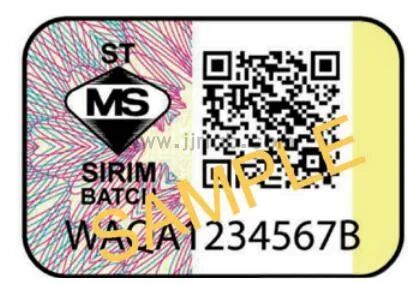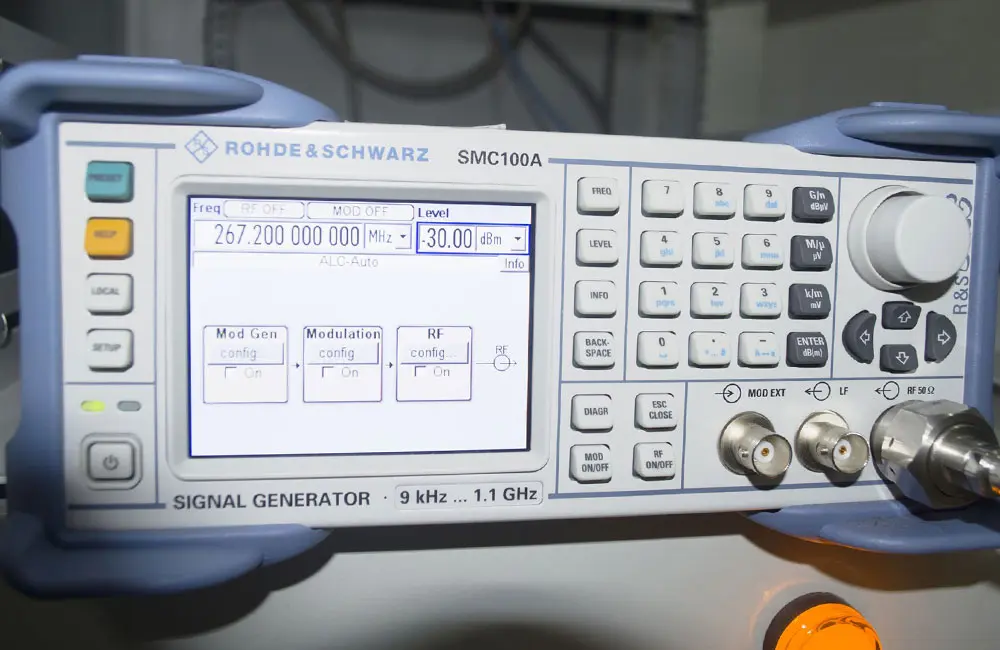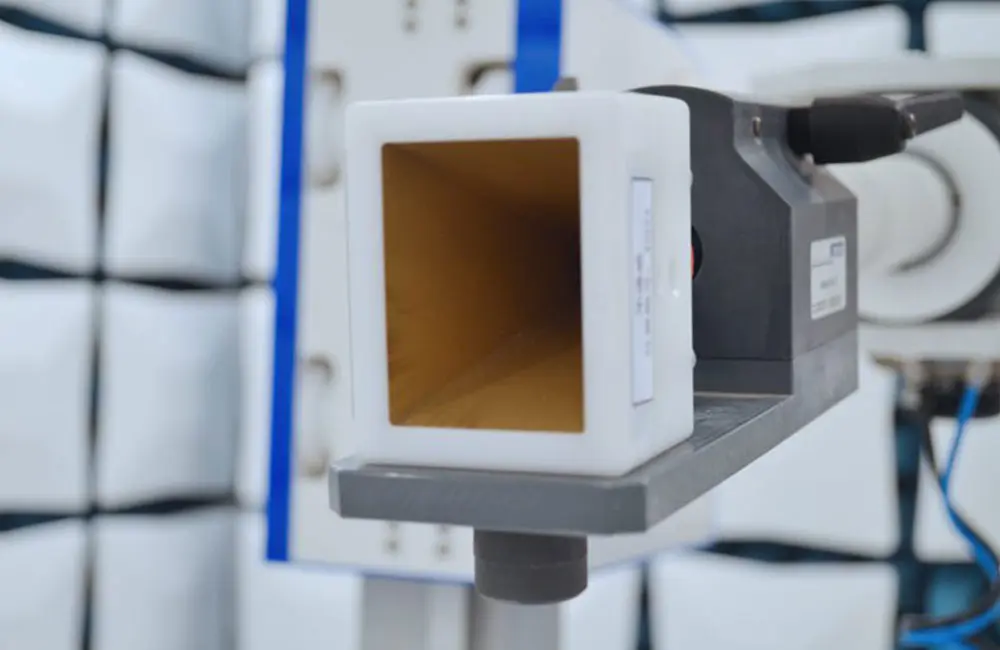
Freezer Energy Efficiency Registration in Australia
In recent years, China’s home appliance exports have experienced rapid growth, not only in quantity but also in quality. Chinese home appliance companies have gained widespread recognition in international markets thanks to their high cost-performance ratio and adoption of new technologies. The Australian market, as a significant overseas destination, has attracted the attention of many enterprises. For manufacturers of household refrigerators and freezers, energy efficiency testing is a critical step before entering the Australian and New Zealand markets. All household refrigerators and freezers sold in the Australia-New Zealand market—if falling within the scope of mandatory regULations—must meet the Minimum Energy Performance Standards (MEPS) and carry an energy efficiency label. This is a basic requirement for exporting such appliances to the Australian market.
Equipment Energy Efficiency (E3) Program in Australia
Exported products must comply with the Equipment Energy Efficiency (E3) Program—a joint initiative by the Australian Government, state and territory governments, and the New Zealand Government. The E3 Program aims to improve the energy efficiency of electrical appliances and equipment. It provides a unified and comprehensive approach to energy efficiency standards and labeling, setting the minimum efficiency levels that appliances must meet before being sold.
Testing Requirements
Testing Standards:
1. AS/NZS IEC 62552.1
2. AS/NZS IEC 62552.2
3. AS/NZS IEC 62552.3
4. AS/NZS 4474
Testing Voltage:
230V, 50 Hz
Main Test Items:
1. Storage temperature
2. Pull-down test
3. Temperature deviation during defrost and recovery periods
4. Energy consumption test
5. Volume measurement
Products Within the Mandatory Scope
The following products mustcomply with energy efficiency standards:
1. Household refrigeration appliances with a vapor-compression system that are mains-poweRED.
2. Products covered under Part 1 of the applicable testing standard.
3. Household refrigeration appliances intended for use in commercial environments.
Products Outside the Mandatory Scope
The following products are exemptfrom mandatory compliance:
1. Products with a total volume less than 80L specifically designed for caravans and other vehicles.
2. Portable horizontal units or vertical portable units with a volume of less than 80L.
3. Products with a total volume less than 30L where refrigeration is a secondary function (e.g., hot and cold water dispensers).
4. Products that cannot be connected to 230V or 400V, 50Hz mains electricity.
5. Products using technologies other than vapor-compression for refrigeration.
6. Wine storage appliances.
7. Stand-alone ice makers.
Certification Process
Step 1: Application Submission
The enterprise submits an application for energy efficiency testing.
Step 2: Product Testing
Samples are sent to JJR Laboratory in China for testing. A test report is issued.
Step 3: Energy Label Registration
Based on the test results, the energy label is registered, enabling the product to be legally sold in the Australian and New Zealand markets.
For manufacturers of household refrigerators and freezers aiming to enter the Australian market, understanding and complying with the energy efficiency testing requirements is essential. Meeting the E3 Program standards not only ensures legal market access but also enhances the product’s competitiveness.
Email:hello@jjrlab.com
Write your message here and send it to us
 SIRIM and MEPS Certification for Fans in Malaysia
SIRIM and MEPS Certification for Fans in Malaysia
 U.S. CPSC Water Bead Toy Compliance Requirements!
U.S. CPSC Water Bead Toy Compliance Requirements!
 Food Contact Materials (FCM) Regulation
Food Contact Materials (FCM) Regulation
 How to get Certification Compliance for Lithium Ba
How to get Certification Compliance for Lithium Ba
 LED Lighting Safety Testing Service Laboratory
LED Lighting Safety Testing Service Laboratory
 LED Lighting EMC Testing Service
LED Lighting EMC Testing Service
 EU REACH Compliance Testing Services
EU REACH Compliance Testing Services
 Electronic and Electrical Reliability Testing Serv
Electronic and Electrical Reliability Testing Serv
Leave us a message
24-hour online customer service at any time to respond, so that you worry!




